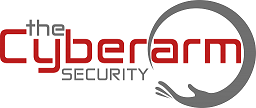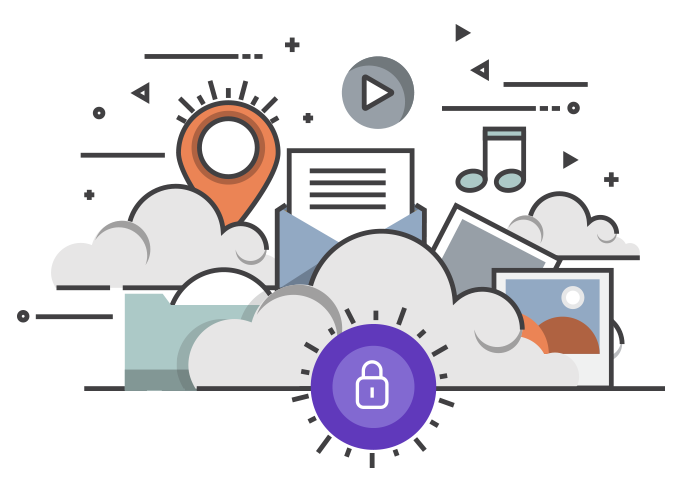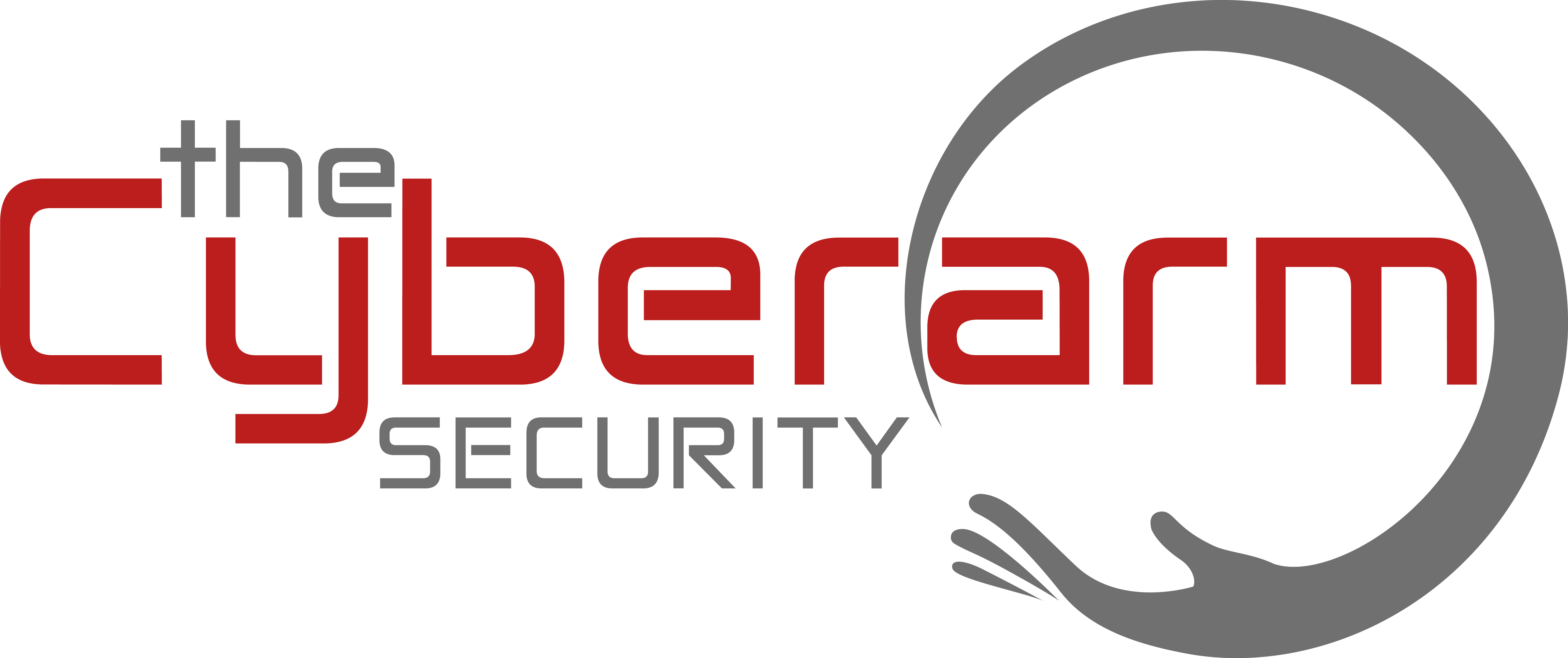If you’ve ever had an employee wave down your office to report “the printer is acting up again,” or you’ve scrolled through a mess of emails to figure out whether someone fixed the Wi-Fi, you already know this truth: IT chaos is real—and it’s exhausting.
The good news? It doesn’t have to be this way. Enter the smart help desk ticketing system—a powerful yet simple tool that turns IT madness into manageable workflows. Whether you have an in-house team or use managed IT services, this system can save you time, stress, and money.
What Is a Help Desk Ticketing System, Anyway?
Think of it like a digital concierge for your IT department. When someone has a problem—maybe their screen freezes or they can’t access their files—they submit a “ticket.” That ticket includes all the details: what’s wrong, when it happened, and who needs help.
The system takes care of the rest: assigning it to the right technician, prioritizing based on urgency, and tracking it to resolution. It’s like turning dozens of random complaints into one neat, traceable to-do list.
I remember working with a company where every IT request went through one guy named Steve. Poor Steve had a sticky note jungle on his desk, and no one ever knew what got done or when. Once we implemented a ticketing system, not only did Steve breathe easier—his team became 30% faster at resolving issues.
Why Email and Sticky Notes Just Don’t Work
H3: The Visibility Void
When issues are reported via email, text, or hallway conversations, it’s incredibly easy for things to fall through the cracks. There’s no tracking, no prioritization, and definitely no way to measure progress.
Let’s say your payroll system crashes and someone emails IT. But because it came in with a vague subject line—“URGENT!!”—it gets buried beneath lunch orders and meeting invites. Now you’ve got downtime, angry employees, and a mystery on your hands.
H3: Priorities Get Twisted
Not all issues are created equal. A flickering monitor isn’t the same as a server outage. But without a clear system in place, the IT team can’t always tell what’s critical and what can wait. That creates unnecessary delays—and frustrations—for everyone.
The Smart Way Forward: Benefits of a Help Desk Ticketing System
H3: 1. Clarity and Accountability
Everyone knows who’s working on what. No more guessing whether IT saw your message or if they’re “on it.” This kind of transparency builds trust and reduces friction between departments.
H3: 2. Prioritized Workflows
Urgent issues rise to the top. Repeat problems get flagged. Tickets can be tagged by department, device, or even location. That means no more fixing the same problem five times in five different ways.
H3: 3. Data You Can Actually Use
Ticketing systems log every issue—when it came in, how long it took to fix, and what the resolution was. Over time, this becomes a goldmine of insights. You can spot trends (like recurring printer issues), identify training gaps, and even predict future tech needs.
At one company I supported, the data showed us that 70% of tickets came from just two departments—and that most of them were password resets. We added a self-service portal, and ticket volume dropped by 40% within a month.
H3: 4. Faster Response Times
Most modern ticketing systems include automation that routes issues directly to the right person. That means no delays, no confusion, and no bottlenecks.
You can even set Service Level Agreements (SLAs) so critical issues get resolved in a set timeframe—think of it like a guarantee of good service.
H3: 5. Happier Employees
Let’s be honest: tech issues are annoying. But what really frustrates employees is when those issues drag on or get ignored. A ticketing system keeps users in the loop, sends them status updates, and gives them a place to check progress. That kind of communication goes a long way toward keeping your team happy and productive.
What to Look For in a Great System
H3: Automation and Self-Service
Some ticketing platforms can automatically convert emails or chat messages into tickets. Even better, they often include knowledge bases or self-service tools that let employees fix common issues without waiting for help.
H3: Integration with Tools You Already Use
Your ticketing system should connect easily with tools like Microsoft 365, Teams, or Slack. This keeps everything in one place and helps your team work more efficiently.
H3: Cloud-Based and Mobile Friendly
If your team works remotely or supports multiple locations, mobile and cloud access are essential. Your IT staff should be able to respond to tickets from anywhere—on a laptop, tablet, or phone.
Real-Life Story: Turning Chaos into Calm
One client of mine—a midsize marketing firm—relied heavily on freelancers and remote workers. Before using a ticketing system, their IT support was… let’s say “creative.” Think texts, phone calls at all hours, and notes scribbled on napkins.
When we introduced a cloud-based help desk, everything changed. Issues got resolved faster. The IT team finally had breathing room. And the office manager? She said it felt like “putting the genie back in the bottle.”
How to Implement Without Overwhelm
The transition doesn’t have to be painful. Here’s how to roll it out smoothly:
- Pilot It: Start with one department to work out any kinks.
- Communicate Early: Explain how the system benefits everyone—especially employees who feel ignored when they report tech issues.
- Get Help if You Need It: A Managed IT provider can implement and manage the entire system for you, from setup to optimization.
Conclusion: Say Goodbye to IT Mayhem
At the end of the day, a smart help desk ticketing system is about control. It gives you and your IT team a handle on tech problems before they spiral. It builds trust, improves efficiency, and provides the data you need to make better decisions.
If your current IT setup feels like organized chaos (or worse, disorganized chaos), it might be time to take the first step toward clarity.


